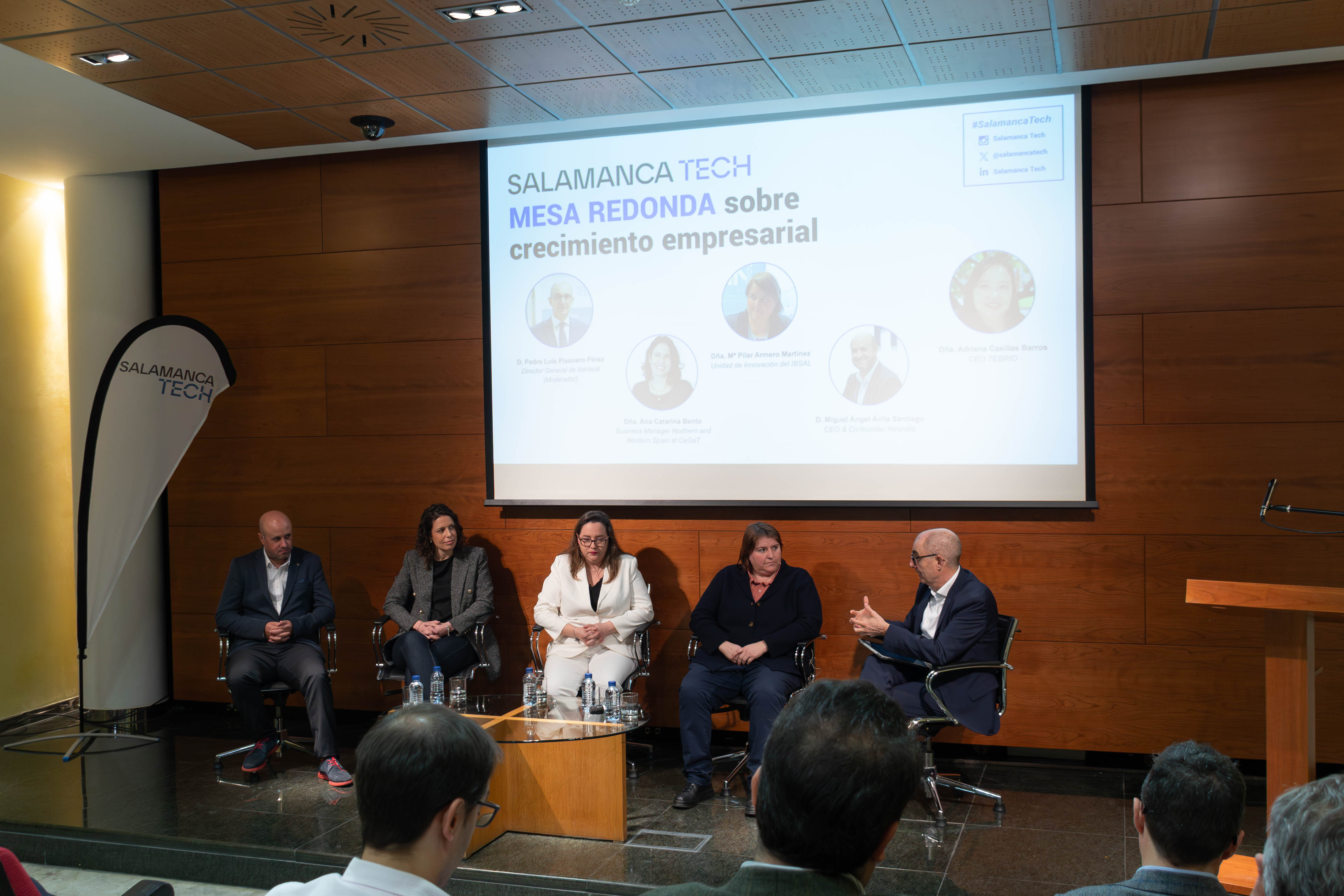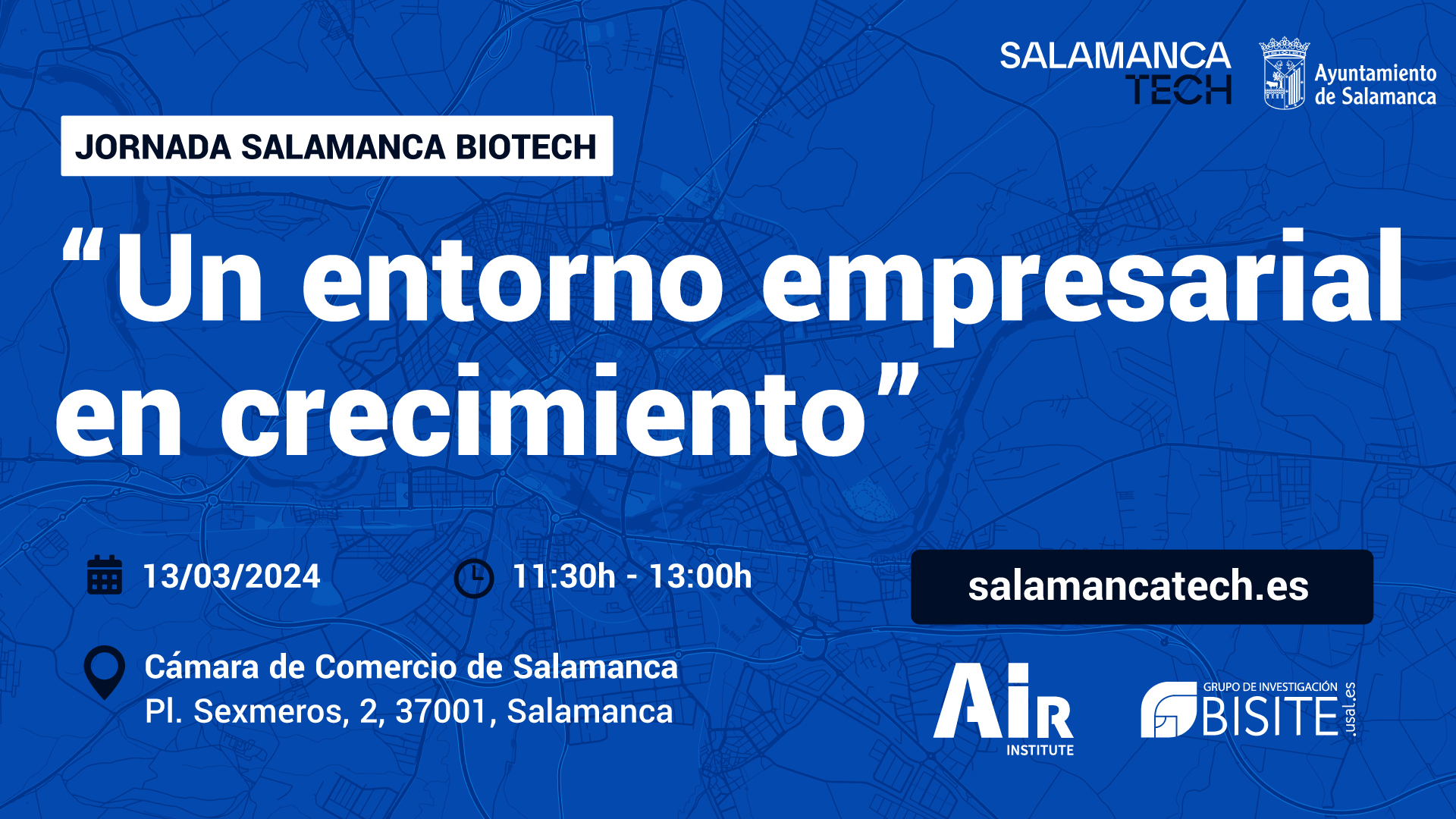The BISITE research group of the University of Salamanca has developed the first phase of the iTeddy - Electronic plush toy for therapies, a project, presented under the Knowledge Transfer Plan University-Enterprise TCUE -(PC_TCUE18-20P_008).
The aim of the project is the creation of a handmade electronic plush toy, applicable in therapies for people with dementia, autism or childhood trauma, in order to reduce the consumption of drugs and, in some way, episodes of agitation or anguish. Unlike other existing alternatives, i plush allows to link therapies through a mobile app, so that it is configurable by therapists and medical experts, who can customize the stimuli to different patients.
iTeddy is a product created by researchers at the University of Salamanca that incorporates fully configurable electronics, being able to include sounds, songs and stimuli that are emotional and that facilitate therapy, especially initially with the elderly, but also with children who are experiencing certain problems.
iTeddy technology features
The plush toy includes, on the one hand, the recognition of external stimuli through sensors. An IMU or inertial sensor composed of an accelerometer and a gyroscope which detects both friendly and abrupt movements. It also has capacitive sensors, if the user touches hands and feet, this can also be detected. In addition, iTeddy incorporates a microphone to detect the user's agitation, as well as an inductive charging module to wirelessly charge the plush toy.
All these functions are automatically programmed so that, on the basis of the interactions, the plush toy can blush its cheeks or make its heart beat. All the information collected through the patient's use will be stored in a mobile application which, in turn, can generate useful reports for therapists.




